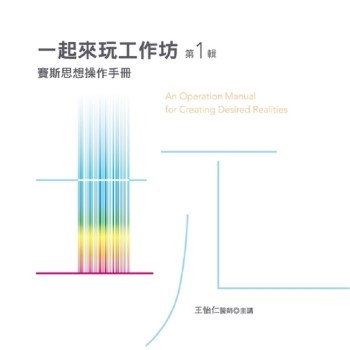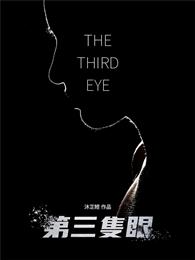From Vitruvius in the 1st century BCE on, there has been an attempt to understand how architecture works, especially in its poetic aspect but also in its basic functions. Design can encourage us to walk, to experience community, to imagine new ways of being, and can affect countless other choices we make that shape our health and happiness.
Using the ideas of rational choice theory and behavioral economics, Choice Architecture shows how behavior, design, and wellness are deeply interconnected. As active agents, we choose our responses to the architectural meanings we encounter based on our perception of our individual contexts. The book offers a way to approach the design of spaces for human flourishing and explains in rich detail how the potential of the built environment to influence our well-being can be realized.












